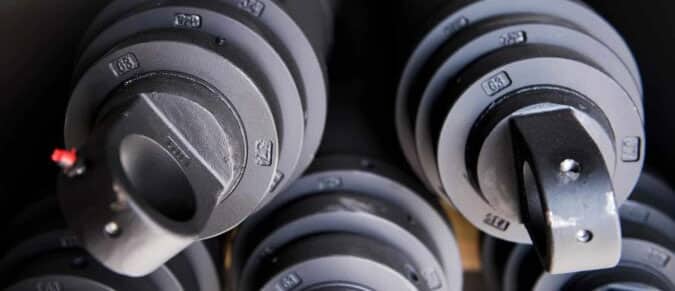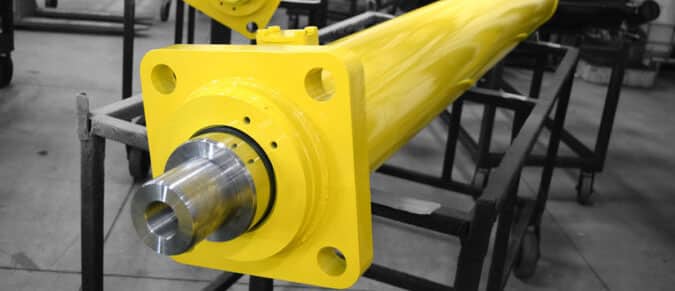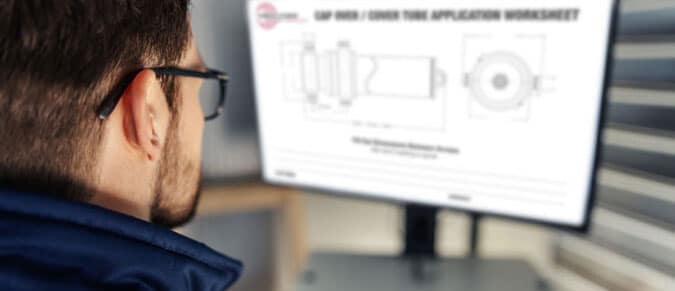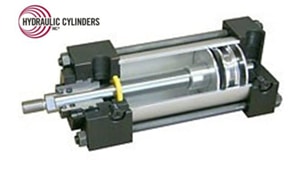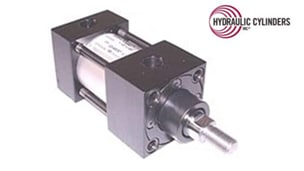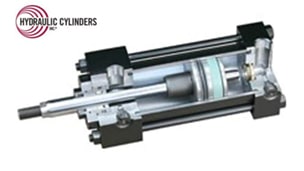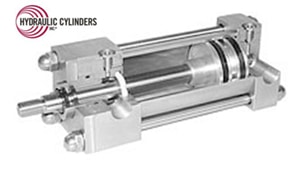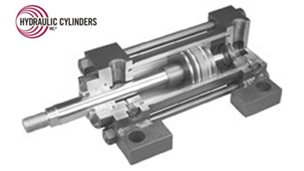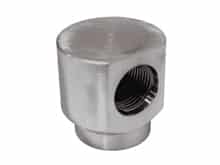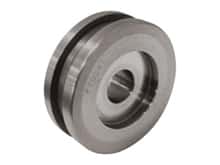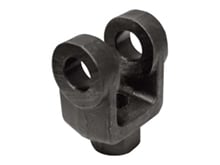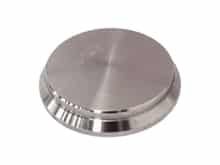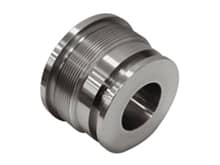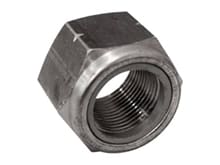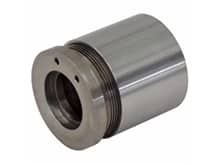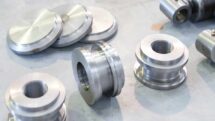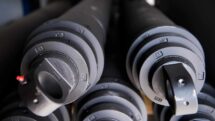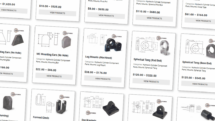Common Reasons for O-Ring Failure
O-ring seals are essential components in any hydraulic cylinder, including custom-manufactured cylinders. O-ring seals are constructed from a ring-shaped piece of elastomeric material and are designed to prevent leaks in critical equipment. Like any component part, however, they can sometimes fail. O-ring failure can lead to complete hydraulic cylinder shutdowns, leading to expensive delays and downtime.
The Top Three Causes of Silicon O-Ring Failure in Hydraulic Cylinders
O-ring failure can be caused by any number of conditions, issues, or malfunctions. By conducting regularly scheduled preventative maintenance on your equipment, you can better understand your machinery and diagnose failure causes.
Compression Set
O-ring compression set occurs when the O-ring is pressed into a flat-sided oval, causing the overall seal to fail. Several factors can cause this phenomenon:
- Choosing an O-ring made from materials with poor compression set properties
- Gland design issues
- High temperatures caused by system fluids, environmental conditions, or friction
- And many other reasons.
Be sure to thoroughly inspect your equipment to find the correct cause. Depending on the source, solutions may include using low-set O-ring materials, reducing your system’s operating temperature, and checking for frictional heat build-up.
Extrusion & Nibbling
Extrusion and nibbling are common causes of O-ring failure in hydraulic rod and piston seal applications. They occur when the O-ring becomes trapped between two dynamic components within the cylinder. The silicon seals often appear to have been chewed, chipped, or frilled. Causes of extrusion and nibbling in O-rings for hydraulic cylinders include:
- Excessive clearances
- Improper O-ring materials
- Incorrectly machined O-ring gland
- Choosing an O-Ring that is too small or large
- And others.
The best way to avoid extrusion and nibbling on your O-rings is to consult your equipment manual and select an O-ring with the right specifications—such as material, size, shape, and rigidity—for your job.
Improper Installation
O-rings for hydraulic cylinders must be correctly installed to provide effective seals, efficient operations, and long lifespans. When installing your O-ring, be sure the silicon seal is completely set into the groove. Failure to do so can lead to cuts and notches on the seal, leading to issues during use. To protect your O-ring, take the following steps during the installation process:
- Clean all lead-in chamfers and housing edges before installation
- Cover sharp edges and threads with tape or another protective layer
- Ensure you are using the correct hardware
- Use suitable grease or other lubrication
High-Quality Replacement O-Rings for Hydraulic Cylinders
Hydraulic Cylinders, Inc. is your full-service supplier for high-quality replacement hydraulic cylinders and hydraulic cylinder component parts. When it’s time to replace your silicon O-rings, we have the replacement seal kit inventory to match the needs of equipment manufactured by leading OEMs, including Bobcat, Kubota, and Caterpillar. All in-stock components are available for same-day shipping, demolishing downtime to get you back to work as soon as possible.
Contact us or call 866-817-9071 to learn more about how Hydraulic Cylinders, Inc. can support you through the industry’s best hydraulic cylinder O-ring seal replacements.

